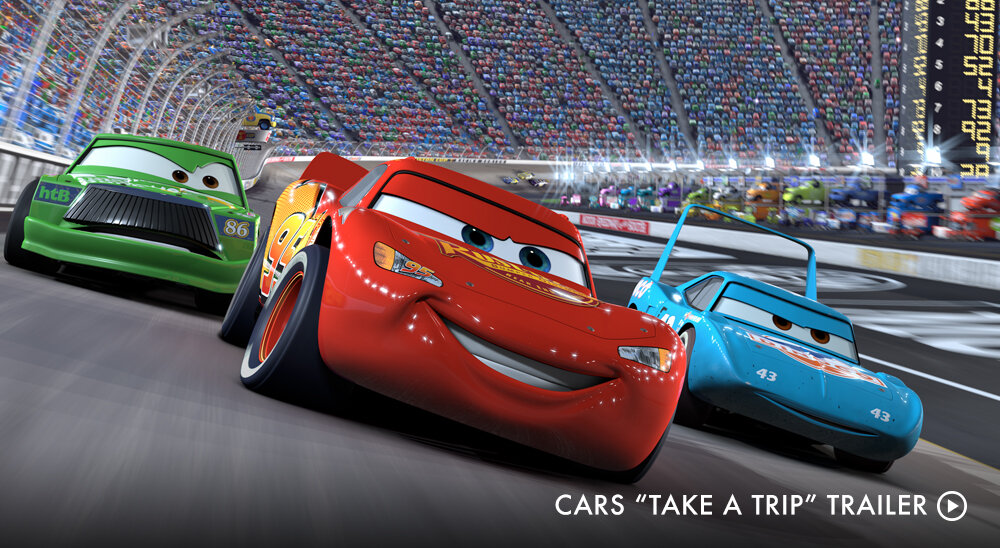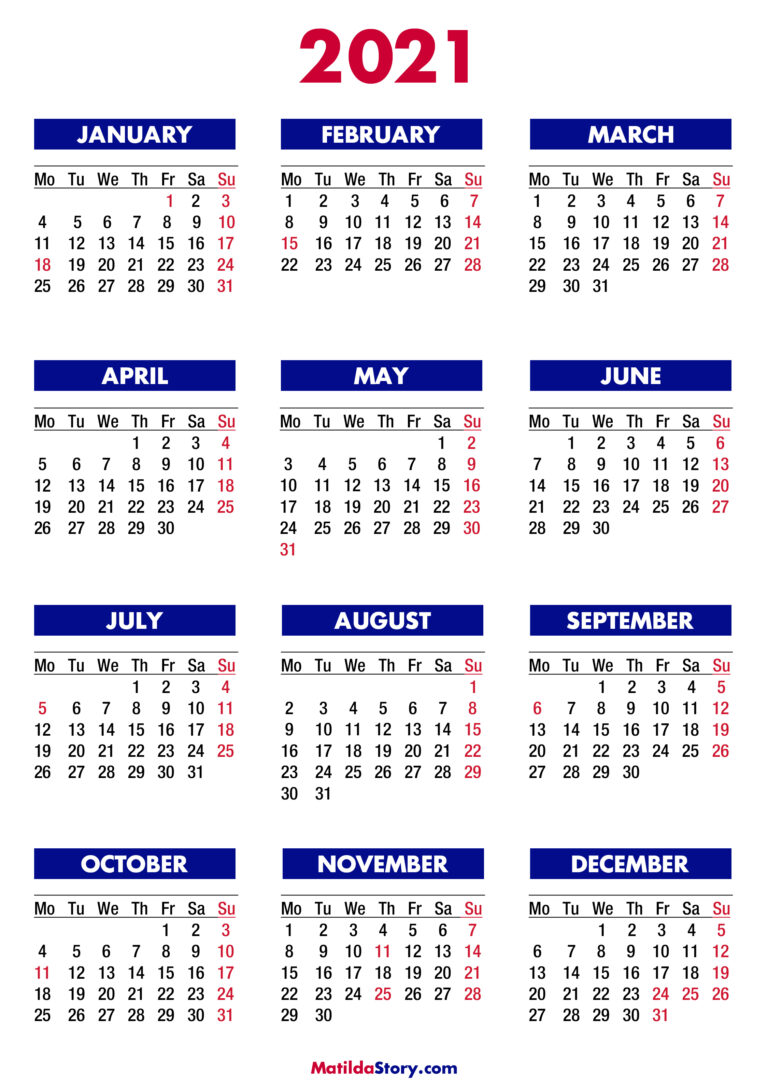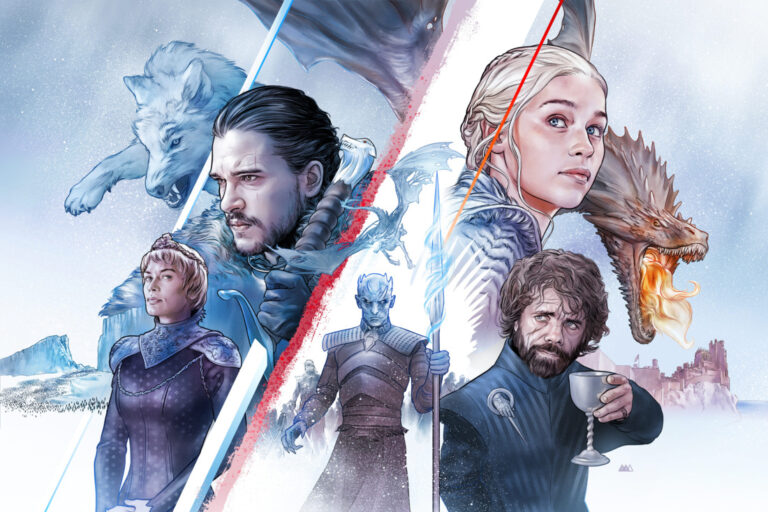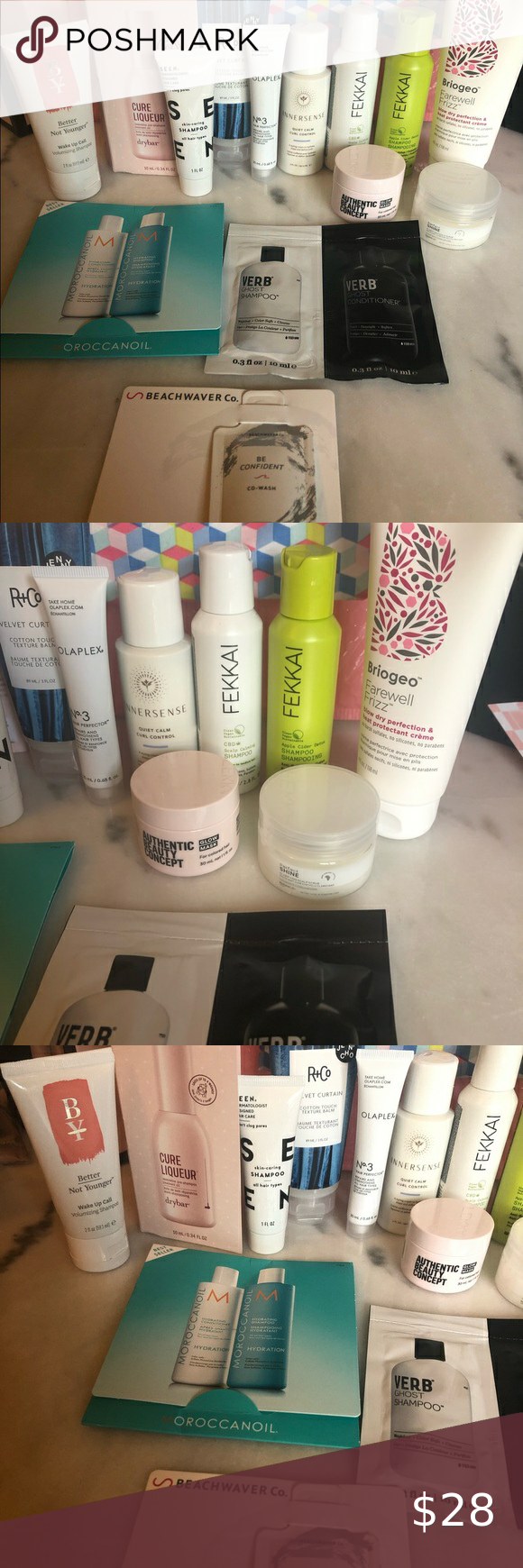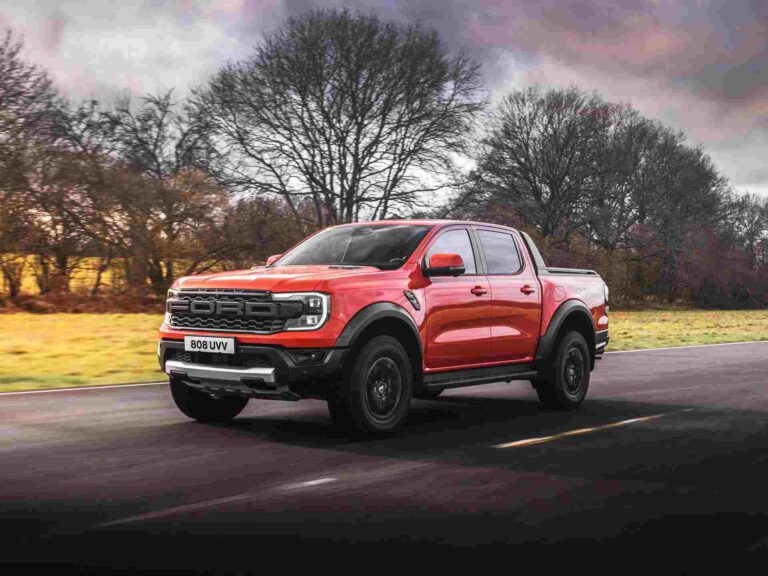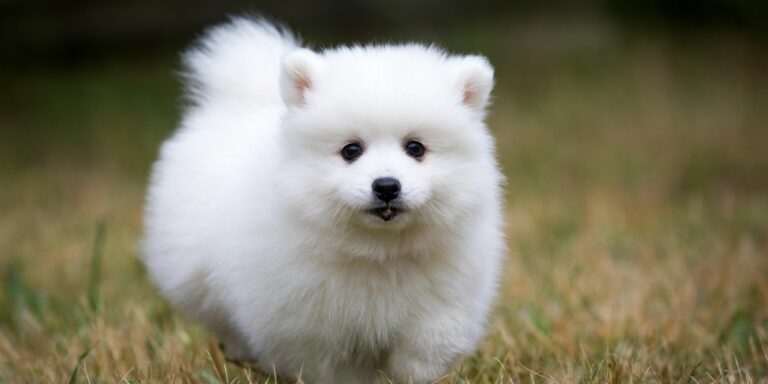Car Brands Beginning With W: A Comprehensive Guide to Automotive Excellence and Innovation
Car Brands Beginning With W: A Comprehensive Guide to Automotive Excellence and Innovation cars.truckstrend.com
The automotive world is a tapestry woven from countless brands, each with its own story, philosophy, and contribution to the global landscape. While many letters of the alphabet boast a multitude of well-known marques, the letter ‘W’ presents a surprisingly diverse and intriguing collection, ranging from ultra-exclusive hypercar manufacturers to mass-market electric vehicle pioneers and historically significant progenitors of iconic vehicles. This article delves into the fascinating realm of car brands beginning with ‘W’, exploring their unique identities, innovations, and the distinct niches they occupy in the automotive industry. Understanding these brands offers a deeper appreciation for the breadth of engineering, design, and market strategies that define the automotive sector.
The World of ‘W’ Brands: A Diverse Landscape
Car Brands Beginning With W: A Comprehensive Guide to Automotive Excellence and Innovation
The brands starting with ‘W’ may not be as numerous as those beginning with ‘M’ or ‘F’, but their impact and individuality are undeniable. They represent different facets of the automotive dream: precision engineering, unbridled performance, mass-market accessibility, and enduring historical legacy.
Wiesmann: The German Roadster Reimagined
Founded in 1988 by brothers Martin and Friedhelm Wiesmann, Wiesmann GmbH is a German luxury sports car manufacturer renowned for its distinctive retro-modern roadsters and coupes. Their philosophy has always been to combine classic British sports car aesthetics with modern German engineering, primarily utilizing powerful BMW engines. Each Wiesmann vehicle is meticulously hand-built, emphasizing craftsmanship, exclusivity, and a purist driving experience.
Key Features and Philosophy:
Wiesmann cars are instantly recognizable by their distinctive gecko logo and their low-slung, curvaceous bodies that evoke classic sports cars of the 1950s and 60s. Underneath the timeless design, they typically house high-performance BMW straight-six or V8 engines, ensuring a thrilling and responsive ride. After a period of financial difficulties, Wiesmann re-emerged with new ownership and ambitious plans, including the "Project Gecko," a new front-mid-engined sports car, and the "Thunderball," their first all-electric roadster, marking a significant step into the future while retaining their core design principles.
Target Audience and Appeal:
Wiesmann appeals to discerning enthusiasts who value exclusivity, bespoke craftsmanship, and a direct, unadulterated driving experience over outright speed records. Owners appreciate the blend of classic beauty with modern reliability and performance, making them collector’s items and passionate drivers’ cars.
W Motors: Middle Eastern Hypercar Mastery

Emerging from the Middle East, W Motors is a Lebanese-founded, Dubai-based hypercar manufacturer established in 2012. It quickly gained global recognition for its audacious designs, astronomical price tags, and the sheer exclusivity of its limited-production vehicles. W Motors aims to push the boundaries of luxury and performance, crafting automotive masterpieces that are as much works of art as they are high-speed machines.
Iconic Models and Impact:
W Motors burst onto the scene with the Lykan HyperSport, a car that became an instant icon after its prominent role in the movie "Furious 7." With diamond-encrusted headlights, a holographic display, and a twin-turbo flat-six engine, the Lykan HyperSport was a statement of extreme luxury and performance, with only seven units ever produced. Following its success, W Motors introduced the Fenyr SuperSport, an even more potent and slightly less exclusive (but still extremely limited) hypercar, offering enhanced performance and aggressive styling.
Exclusivity and Customization:
W Motors vehicles are among the most exclusive cars in the world, often built to individual customer specifications. This bespoke approach extends to every detail, from interior materials to unique paint finishes, ensuring that each car is a unique expression of its owner’s taste and wealth. Their presence signifies the growing influence of the Middle East in the luxury and hypercar segments.

Wuling: China’s Mass-Market Mover
In stark contrast to the bespoke luxury of Wiesmann and W Motors, Wuling is a major Chinese automotive manufacturer, part of the SAIC-GM-Wuling (SGMW) joint venture. Wuling’s core mission revolves around producing affordable, practical, and often utilitarian vehicles for the mass market, particularly in China. Their rise to prominence in recent years is largely due to their incredibly successful foray into the electric vehicle (EV) market.
Focus on Affordability and EVs:
Wuling’s most notable success story is the Hongguang Mini EV. Launched in 2020, this compact, affordable electric city car quickly became one of the best-selling EVs globally, often outselling Tesla models in China. Its success lies in its simplicity, low running costs, and suitability for urban commuting, making EV ownership accessible to a much broader demographic. Beyond the Mini EV, Wuling produces a range of minivans, small SUVs, and other commercial and passenger vehicles, emphasizing value, reliability, and practicality.
Market Impact and Global Reach: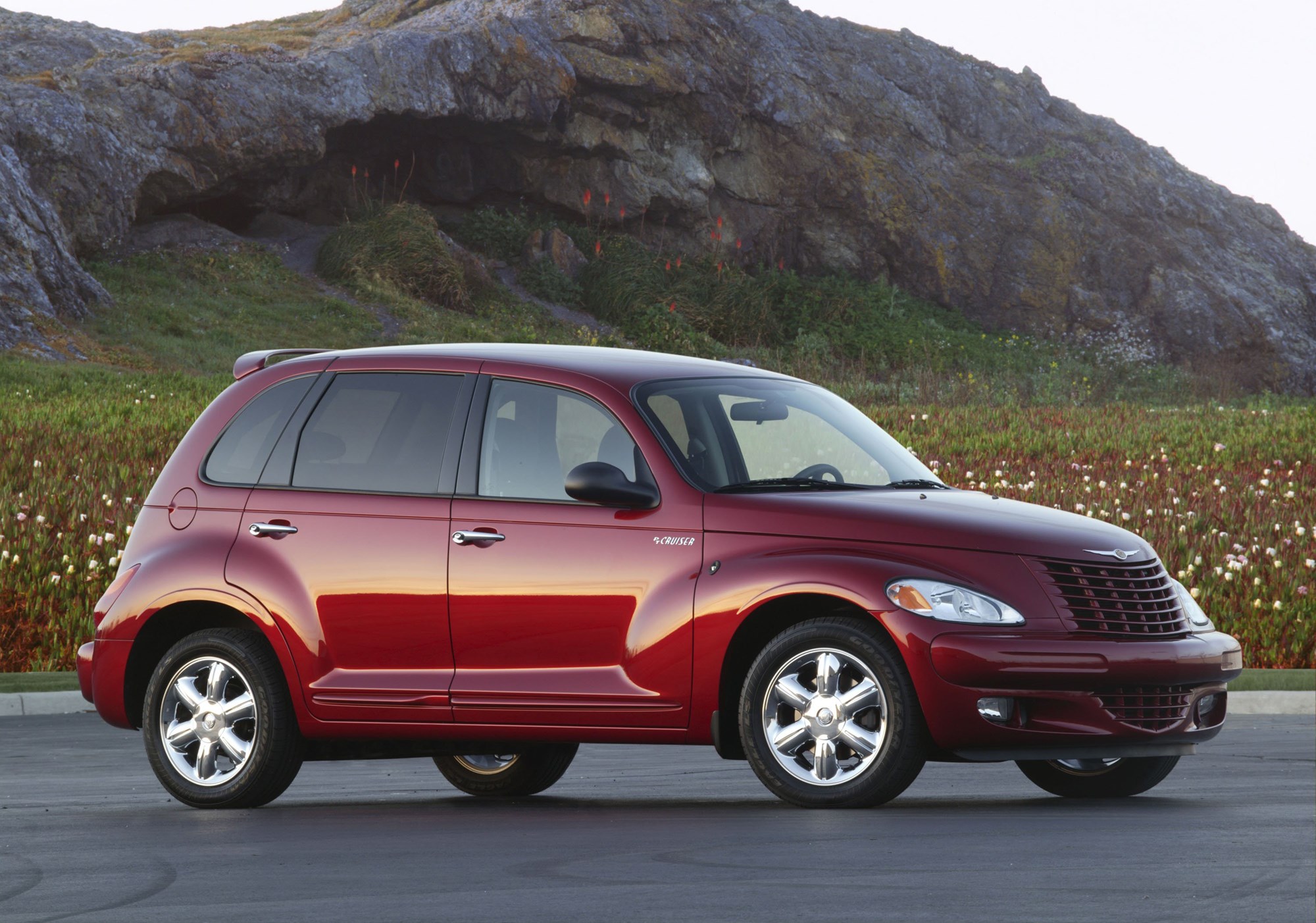
Wuling’s strategy of focusing on the entry-level EV market has had a profound impact on China’s automotive landscape, accelerating EV adoption. While primarily a domestic Chinese brand, SGMW also exports Wuling-badged vehicles (or rebadged under Chevrolet/Baojun) to other emerging markets, showcasing a different yet equally important aspect of the ‘W’ brand spectrum – accessible, sustainable mobility.
Willys-Overland: The Genesis of an Icon (Historical Deep Dive)
While no longer an active car brand, Willys-Overland is arguably the most historically significant "W" brand, serving as the direct ancestor of the iconic Jeep. Founded in 1908, Willys-Overland was a prominent American automaker for decades, producing a variety of passenger cars and trucks. Its enduring legacy, however, is inextricably linked to World War II.
The Birth of the Jeep:
During WWII, the U.S. Army sought a lightweight, rugged, four-wheel-drive reconnaissance vehicle. Willys-Overland, alongside Bantam and Ford, submitted prototypes. The Willys MB, known colloquially as the "Jeep," was ultimately chosen for mass production due to its robust design, reliability, and powerful "Go-Devil" engine. The Jeep became a symbol of American ingenuity and a crucial tool for the Allied forces.
Post-War Legacy:
After the war, Willys-Overland capitalized on the Jeep’s popularity, transitioning it into civilian production. The CJ (Civilian Jeep) series became the foundation for the modern SUV and off-road vehicle segment. Although Willys-Overland was eventually acquired by Kaiser Motors in the 1950s (becoming Kaiser-Jeep, then AMC, and finally Chrysler/Stellantis), its engineering and design DNA continue to resonate in every Jeep vehicle produced today. Willys-Overland represents the rugged, utilitarian, and adventurous spirit that has defined off-road motoring for generations.
Key Aspects and Considerations When Exploring ‘W’ Brands
Each ‘W’ brand, despite its unique focus, shares common threads in the broader automotive narrative. Understanding these aspects helps to contextualize their roles and appeal.
- Innovation & Technology: From Wiesmann’s embrace of electric powertrains in a classic shell, to W Motors’ bespoke engineering and advanced materials for hypercars, to Wuling’s mass-market EV accessibility, these brands demonstrate diverse approaches to technological advancement.
- Design Philosophy: The ‘W’ brands showcase a wide spectrum: Wiesmann’s timeless retro-futurism, W Motors’ aggressive, futuristic hypercar aesthetics, Wuling’s pragmatic and functional designs, and Willys-Overland’s iconic, utilitarian ruggedness.
- Market Position & Exclusivity: This is perhaps the most striking differentiator. W Motors and Wiesmann occupy the pinnacle of exclusivity, catering to ultra-high-net-worth individuals and collectors. Wuling, conversely, targets the broadest possible market, emphasizing affordability. Willys-Overland’s historical products now exist in the collector and restoration markets.
- Ownership Experience: For hypercars and luxury sports cars, ownership involves bespoke service, high maintenance costs, and often a strong community of collectors. For mass-market EVs, it’s about accessibility, charging infrastructure, and everyday usability. For historical vehicles, it’s about preservation, restoration, and appreciating heritage.
- Geographic Influence: These brands highlight global automotive diversity, with roots in Germany, the Middle East, China, and the United States, reflecting different cultural approaches to car manufacturing.
Practical Advice for Automotive Enthusiasts and Buyers
Navigating the world of ‘W’ brands requires a tailored approach, given their vast differences.
- For Wiesmann and W Motors Enthusiasts/Potential Buyers:
- Research Exclusivity: These are highly limited production vehicles. Be prepared for long waiting lists or secondary market premiums.
- Understand the Investment: Beyond the purchase price, consider specialized insurance, bespoke maintenance, and potential import/registration complexities depending on your location.
- Networking: Connect with owners’ clubs or specialist dealers to gain insights into ownership experiences and market trends.
- For Wuling Buyers (primarily in relevant markets):
- Evaluate Practicality: Wuling vehicles, especially the Mini EV, excel in specific use cases (urban commuting). Assess if their range and features align with your daily needs.
- Charging Infrastructure: For EVs, ensure you have convenient access to charging solutions.
- Market Availability: Confirm Wuling models are officially sold and serviced in your region.
- For Willys-Overland (Historical) Enthusiasts:
- Authenticity vs. Restoration: Decide if you seek a historically accurate restoration or a modified "restomod."
- Parts Availability: Research the availability of original or reproduction parts, which can be a significant challenge.
- Community Engagement: Join Willys/Jeep enthusiast groups; they are invaluable resources for knowledge, parts, and support.
- General Tips: Always conduct thorough research specific to the model and year you’re interested in. For any high-value purchase, professional inspection is highly recommended.
Challenges and Solutions in the ‘W’ Brand Landscape
Each segment of the ‘W’ brand spectrum faces unique challenges, along with innovative solutions.
- Niche & Hypercar Brands (Wiesmann, W Motors):
- Challenges: Limited production scale, immense development costs, reliance on external engine suppliers (historically for Wiesmann), and vulnerability to economic downturns impacting luxury markets.
- Solutions: Focusing on ultra-high net worth individuals who prioritize exclusivity, offering extensive customization options, and building strong brand loyalty through bespoke customer service. Wiesmann’s move to electric power also addresses future emissions regulations.
- Mass-Market Brands (Wuling):
- Challenges: Intense competition in the budget segment, perception challenges regarding quality compared to established global brands, and the need for continuous innovation to meet evolving consumer demands and regulatory standards.
- Solutions: Aggressive pricing, leveraging joint ventures for technology sharing and market penetration (like SAIC-GM-Wuling), focusing on niche but high-volume segments like affordable EVs, and adapting quickly to market trends.
- Historical Brands (Willys-Overland):
- Challenges: Maintaining heritage and authenticity, scarcity of original parts, and the declining number of skilled restorers for vintage vehicles.
- Solutions: A vibrant enthusiast community that shares knowledge and resources, the growth of aftermarket parts manufacturers specializing in vintage vehicles, and dedicated restoration shops that keep the legacy alive.
Pricing Overview: A Glimpse into ‘W’ Brand Vehicle Costs
Understanding the price points of ‘W’ brand vehicles highlights the immense diversity in their market positioning. Note that prices are approximate and can vary significantly based on customization, region, market conditions, and historical vehicle condition.
| Brand | Typical Model | Price Range (USD Approx.) | Key Feature/Market Position |
|---|---|---|---|
| Wiesmann | Thunderball EV | $300,000 – $400,000+ | Luxury Electric Roadster, Hand-built, Exclusive, Performance |
| W Motors | Fenyr SuperSport | $1.6 Million – $2 Million+ | Ultra-Luxury Hypercar, Extremely Limited Production, Bespoke |
| Wuling | Hongguang Mini EV | $4,500 – $10,000 (China) | Affordable Electric City Car, Mass-market, Practical |
| Wuling | Almaz/Cortez (Indonesia) | $15,000 – $30,000 (Indonesia) | Compact SUV/MPV, Value-focused, Feature-rich (for segment) |
| Willys-Overland | WWII MB / Civilian CJ-2A | Varies Wildly ($20,000 – $100,000+ for restored units) | Iconic Historical Military/Civilian Jeep, Collector’s Item, Rugged |
Note: Pricing for Wuling outside China can vary significantly due to local taxes, duties, and market strategies.
Frequently Asked Questions (FAQ)
Q1: Are all ‘W’ brands luxury brands?
A1: No, absolutely not. While Wiesmann and W Motors are firmly in the luxury and hypercar segments, Wuling is a major mass-market manufacturer known for highly affordable vehicles, especially electric ones. Willys-Overland, historically, was a mainstream American automaker before becoming the foundation for the Jeep brand.
Q2: Can I buy a Wiesmann or W Motors car in the US or Europe?
A2: Yes, but it’s a highly exclusive process. Wiesmann sells globally through a network of specialized dealers. W Motors vehicles are typically sold directly or through very select high-end dealers, often requiring significant lead times and specialized import procedures for regions like the US due to low-volume manufacturer regulations.
Q3: What is Wuling most known for?
A3: Wuling gained immense global recognition for its Hongguang Mini EV, which became one of the world’s best-selling electric vehicles shortly after its launch, primarily due to its extreme affordability and practicality for urban use in China.
Q4: Is Willys-Overland still in business today?
A4: No, Willys-Overland ceased to exist as an independent automotive manufacturer in the 1950s. However, its most famous creation, the Jeep, lives on as a highly successful brand under Stellantis (formerly Fiat Chrysler Automobiles). Willys-Overland’s legacy is foundational to the modern SUV and off-road vehicle market.
Q5: How do these ‘W’ brands innovate in their respective fields?
A5: Wiesmann innovates by blending classic design with modern performance, including a shift towards electric powertrains. W Motors pushes boundaries in bespoke luxury, exotic materials, and hypercar performance. Wuling innovates by making electric vehicle ownership accessible to the masses through highly affordable and practical designs. Willys-Overland historically innovated in rugged, utilitarian four-wheel-drive vehicles that laid the groundwork for an entire automotive segment.
Concluding Summary
The car brands beginning with ‘W’ present a microcosm of the entire automotive industry’s incredible diversity. From the meticulously crafted, high-performance luxury of Wiesmann, to the audacious, ultra-exclusive hypercars of W Motors, to the practical and accessible electric vehicles dominating urban landscapes courtesy of Wuling, and finally, the enduring historical legacy of Willys-Overland that shaped an entire vehicle category – each ‘W’ brand tells a unique and compelling story. They collectively demonstrate the varied paths to automotive excellence, whether through bespoke craftsmanship, cutting-edge technology, mass-market disruption, or foundational innovation. The letter ‘W’ may not boast the sheer volume of some others, but the brands it represents are undeniably significant, shaping the past, present, and future of global mobility in fascinating and unexpected ways.
